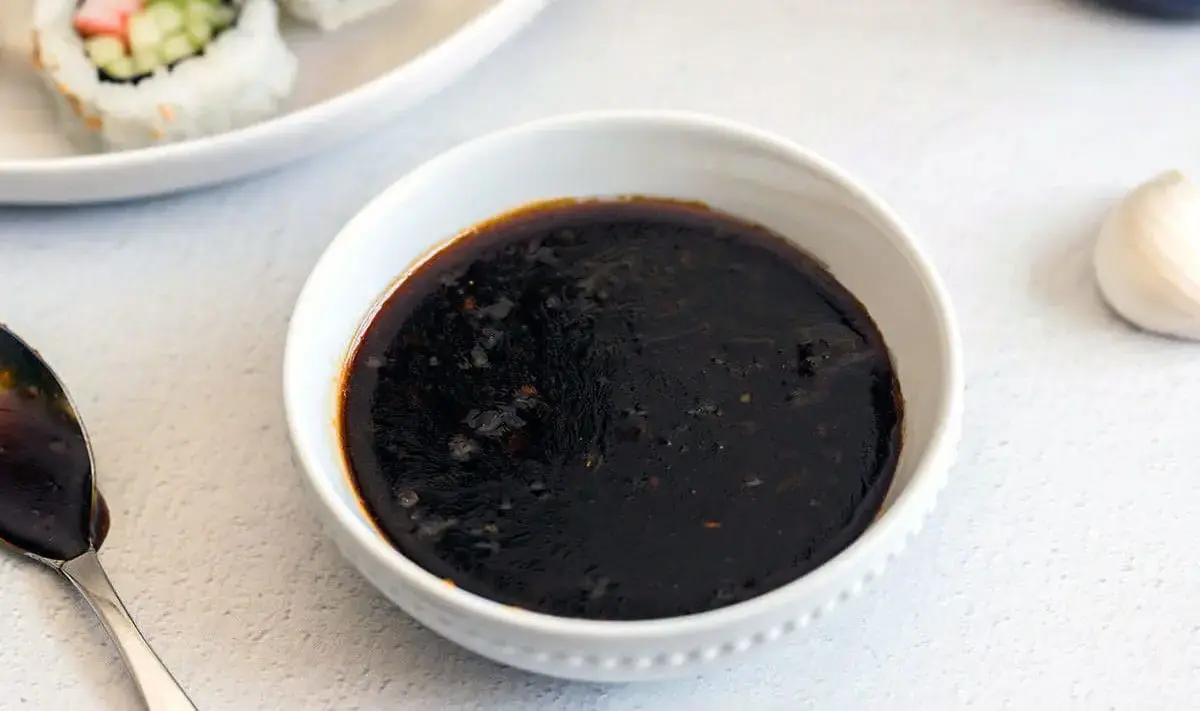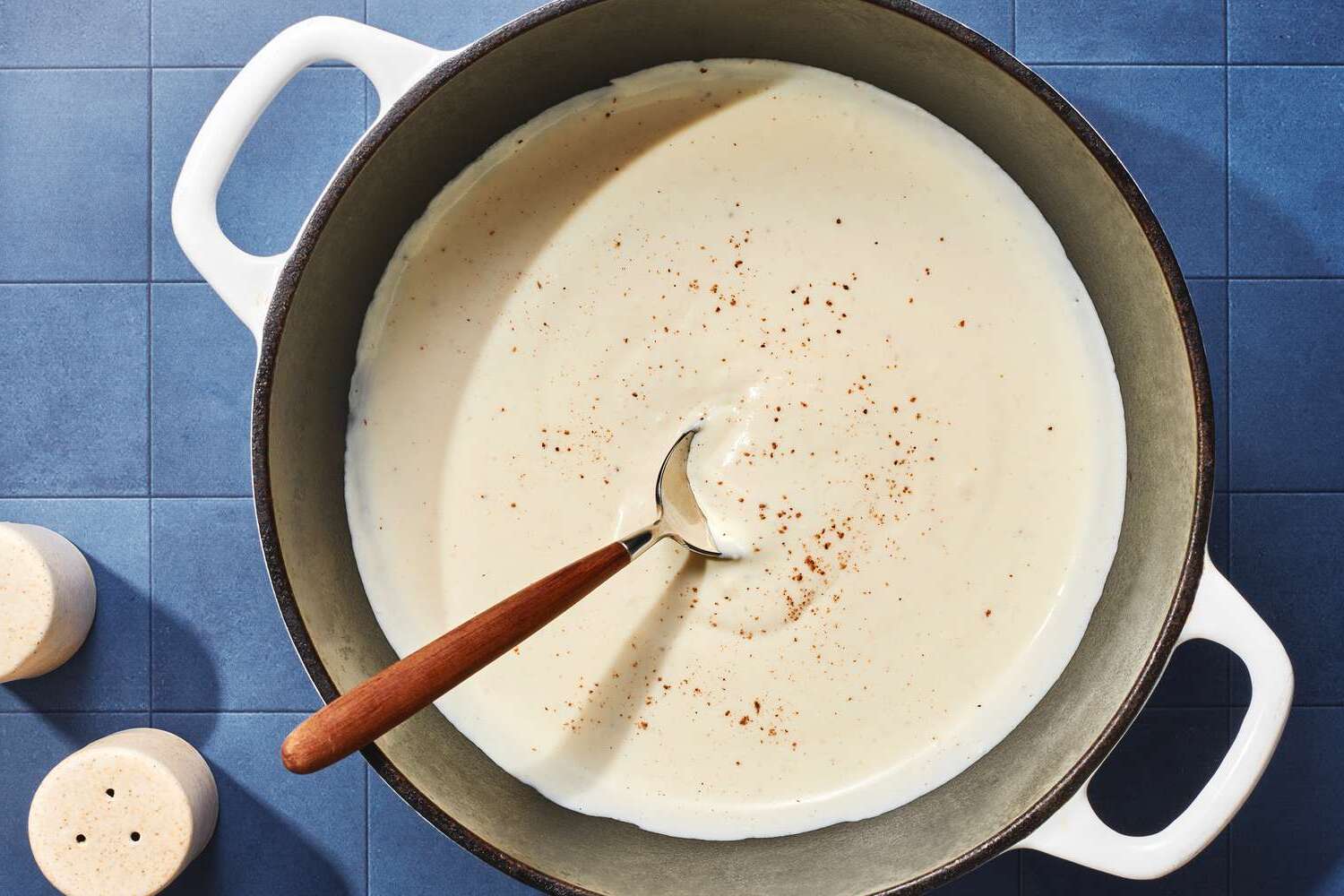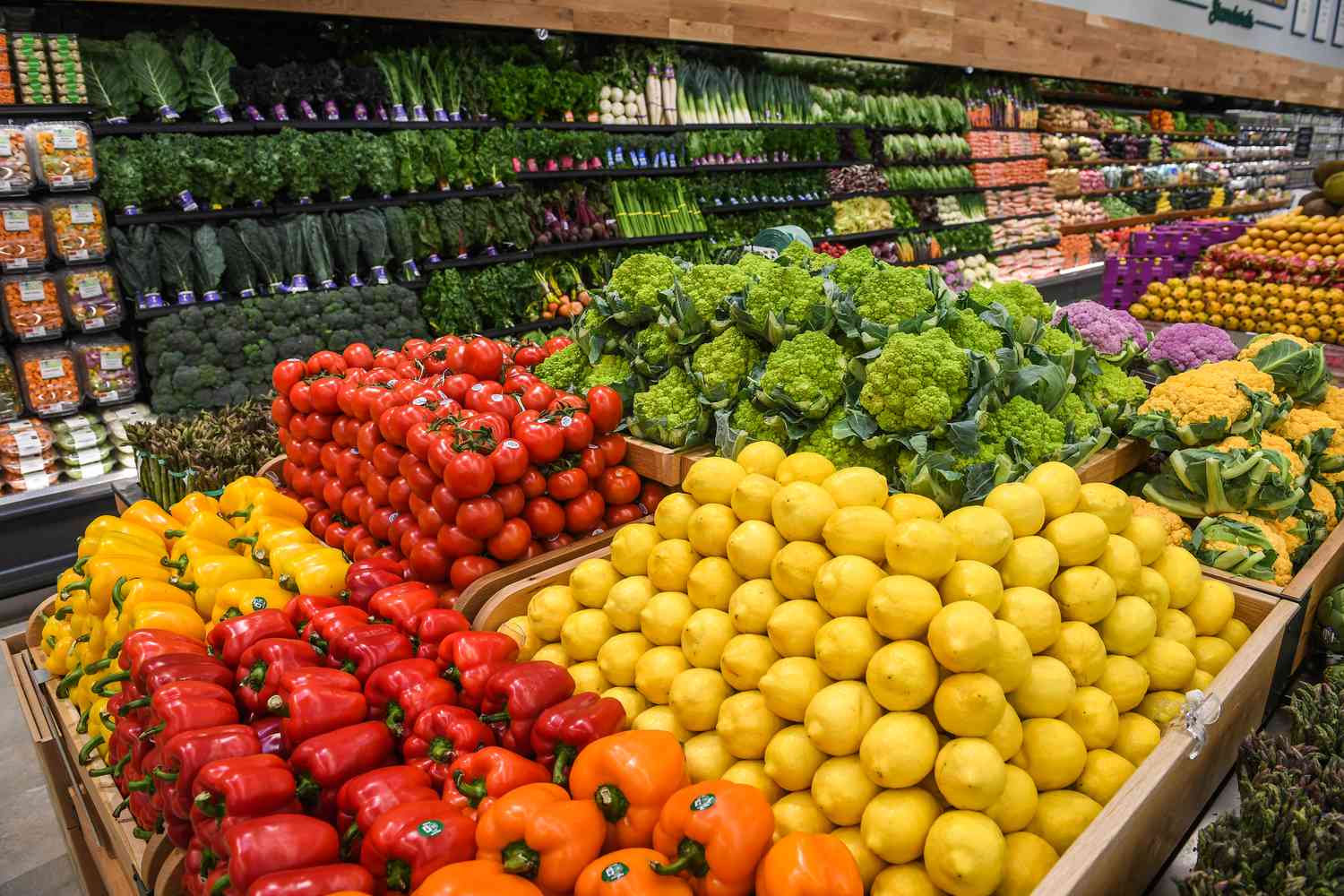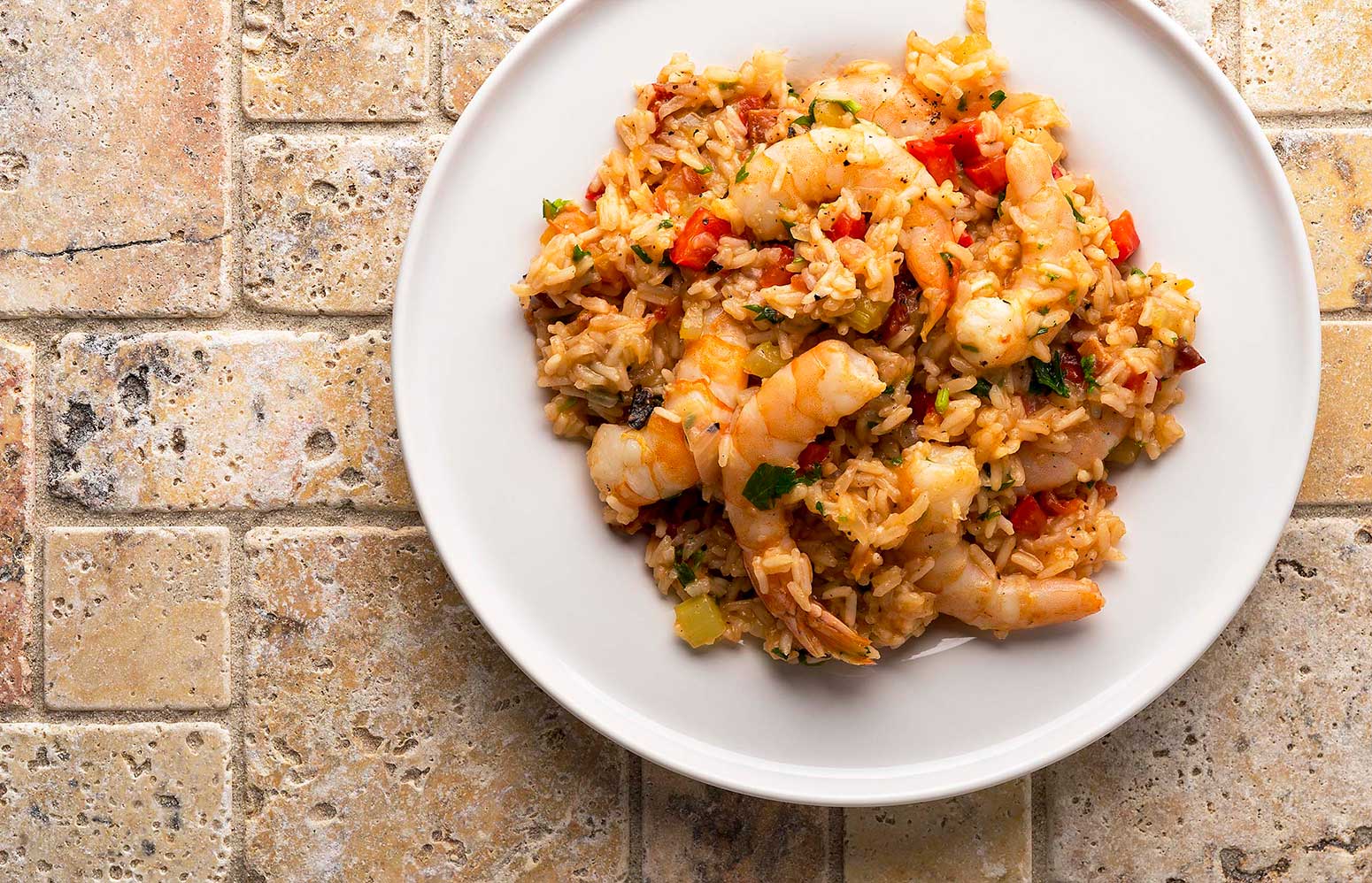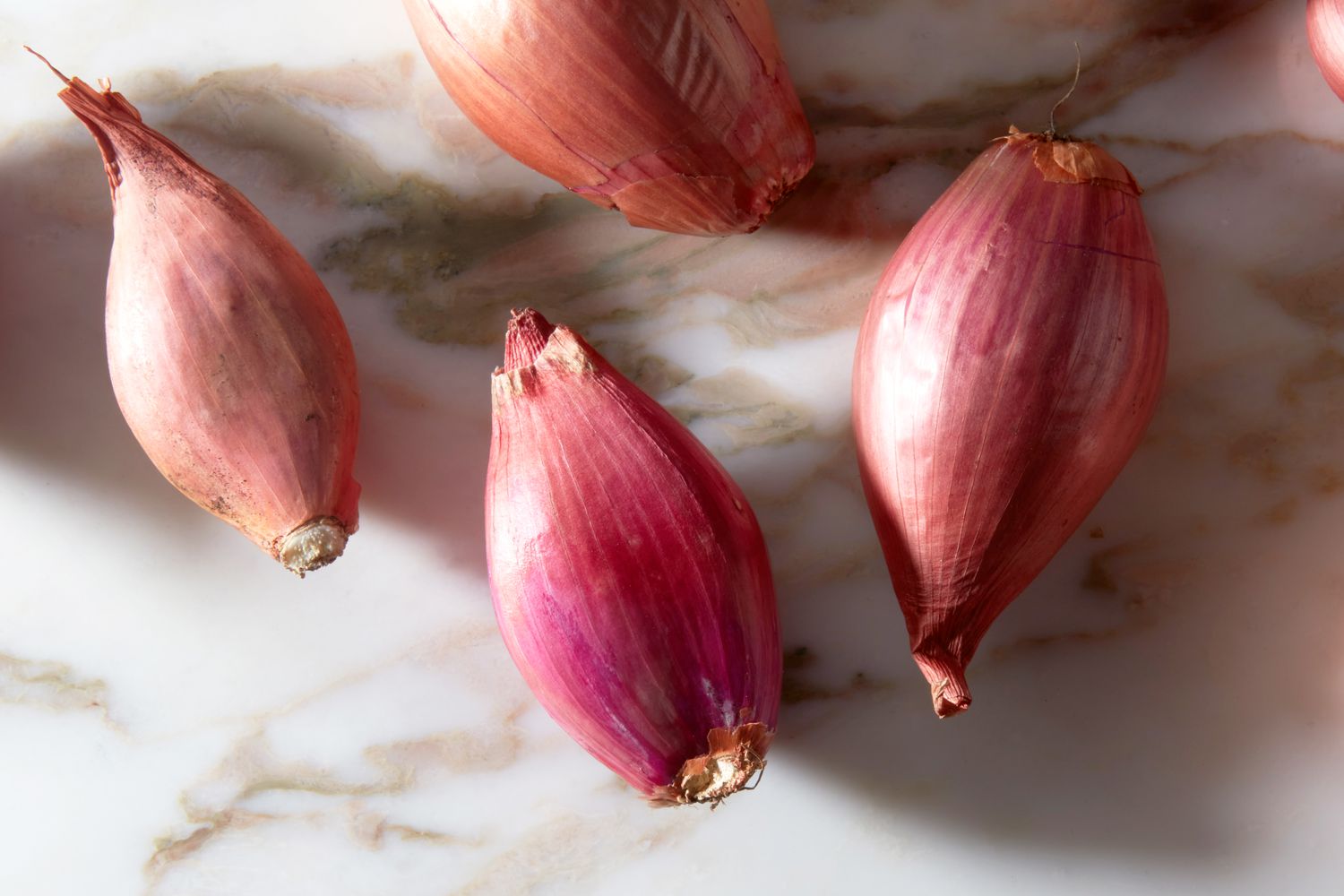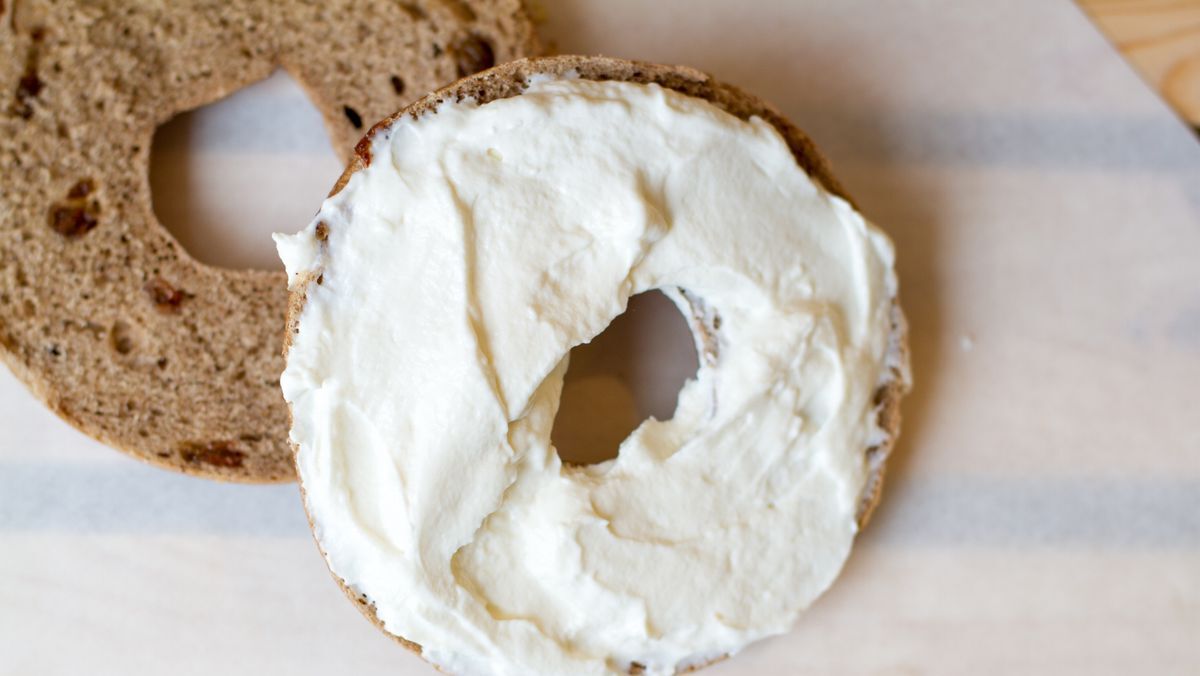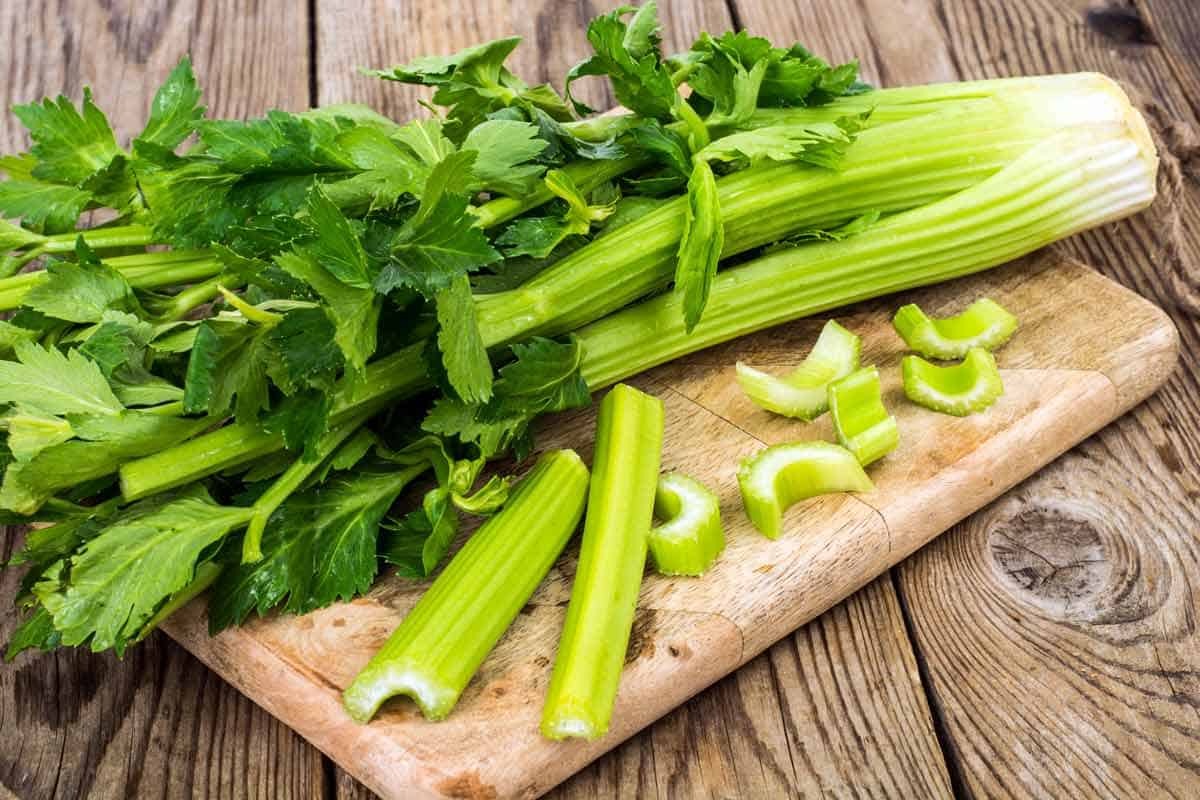When it comes to dairy products, milk is a staple in many households. It's a versatile ingredient that can be enjoyed on its own, added to cereal, or used in cooking and baking. But have you ever heard of rich milk? What exactly is it, and how does it differ from regular milk? In this article, we'll explore the world of rich milk and uncover its unique qualities.
What Makes Milk "Rich"?
Rich milk refers to milk that has a higher fat content than regular milk. While regular milk typically contains around 3.25% fat, rich milk can contain anywhere from 4% to 6% fat, or even more in some cases. This higher fat content gives rich milk a creamier texture and a more indulgent flavor.
Types of Rich Milk
There are several types of rich milk available, each with its own unique characteristics:
-
Whole Milk: Also known as full-fat milk, whole milk contains around 3.25% fat. While it may not be considered "rich" in the traditional sense, it is the richest option among the standard varieties of milk.
-
Creamline Milk: This type of milk is non-homogenized, meaning that the cream rises to the top, creating a layer of cream on the surface. Creamline milk is often considered to have a richer flavor due to the higher concentration of cream.
-
Double Cream Milk: As the name suggests, double cream milk contains an even higher fat content than whole milk, typically around 6-8%. This ultra-rich milk is often used in desserts and creamy sauces.
Uses of Rich Milk
Rich milk can be used in a variety of culinary applications, thanks to its luxurious texture and flavor. Here are some ways to enjoy rich milk in your favorite recipes:
- Creamy Desserts: Use rich milk to make indulgent desserts such as custards, puddings, and ice cream.
- Decadent Beverages: Add rich milk to your coffee, hot chocolate, or milkshakes for an extra creamy and satisfying drink.
- Richer Sauces: Use rich milk in creamy pasta sauces, gravies, and soups to add depth and richness to the dish.
Nutritional Benefits
While rich milk contains a higher fat content, it also offers some nutritional benefits. The fat in rich milk can provide a source of energy and help the body absorb fat-soluble vitamins such as vitamins A, D, E, and K. Additionally, the creamy texture of rich milk can make it more satisfying, potentially leading to a reduction in overall food intake.
Conclusion
In summary, rich milk offers a creamier texture and a more indulgent flavor compared to regular milk, thanks to its higher fat content. Whether you're using it in desserts, beverages, or savory dishes, rich milk can add a touch of luxury to your culinary creations. So, the next time you're looking to elevate a recipe, consider reaching for a bottle of rich milk and savoring the difference it can make.
Was this page helpful?
Read Next: What Is White Bacon?
